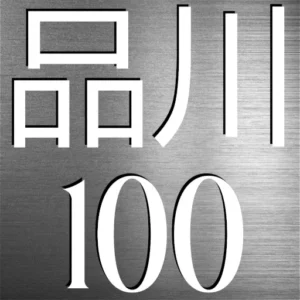Shinto, often regarded as Japan’s indigenous religion, doesn’t have a recognized founder. Instead, it evolved from the spiritual traditions of the ancient Japanese people. The origins of Shinto trace back to the Yayoi culture period (c. 300 BCE – 300 CE), during which the foundations of Shinto were laid.
Shinbutsu-shūgō (神佛習合): Fusion of Shinto and Buddhism
Buddhism originated in India between the 6th and 4th centuries BCE and remains one of the most followed religions in the world. It spread quickly through China, who brought it to Japan sometime between 467 and 552 CE.
The fusion or syncretism of Shinto and Buddhism, known as Shinbutsu-shūgō, began almost as soon as Buddhism entered Japan. The Japanese tried to reconcile the new beliefs with the older Shinto beliefs, assuming both were true. As a result, Buddhist temples were attached to local Shinto shrines and vice versa, and in some instances both places were devoted to both kami and Buddhist figures. This process of blending Buddhism with Shinto dominated the religious life of the people up to the present.
Shinbutsu bunri (神仏分離): The separation of Shinto and Buddhism
Shinbutsu bunri was introduced after the Meiji Restoration, which separated Shinto kami from buddhas, and also Buddhist temples from Shinto shrines, which were originally amalgamated.
Historically, the term “shinbutsu bunri” refers to the policy of the Meiji government (1868-1912) of separating Shintō and Buddhism to re-establish the divine status of the emperor as prescribed by Shintō belief. Some members of the Meiji government were influenced by kokugaku (国学), a nativist academic movement that had emerged in the Edo Period and that focused on the Japanese classics rather than Buddhist, Confucian, and Chinese sources.
In 1868, the Meiji government enacted the “Kami and Buddhas Separation Order” (神仏判然令 Shinbutsu Hanzenrei), a decree that forced Buddhist priests to relinquish their positions and that stipulated that all Buddhist images were to be removed from Shintō shrines. Although the government did not intend to disestablish Buddhism per se, the decree triggered a nationwide anti-Buddhist outburst referred to as Haibutsu kishaku (廃仏毀釈, lit. “abolish Buddhism and destroy Shākyamuni”). As a result, thousands of temples were closed, their land confiscated, and temple bells smelted for bronze.
However, the process of separation stalled by 1873, the government’s intervention in support of the order was relaxed, and even today the separation is still only partially complete: many major Buddhist temples retain small shrines dedicated to tutelary Shinto kami, and some Buddhist figures, such as the Bodhisattva Kannon, are revered in Shinto shrines. The policy failed in its short-term aims and was ultimately abandoned, but it was successful in the long term in creating a new religious status quo in which made 3 phases beliefs of this Shinto, Buddhism or the hybrid Shinto Buddhism are perceived as different and independent religions.

